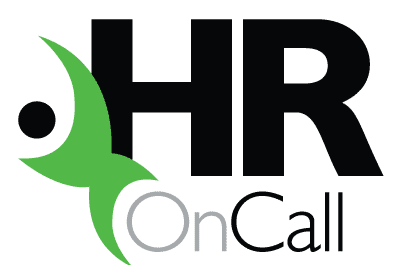
For many small and medium-sized businesses (SMEs), the concept of “career development” once meant sending employees on a training course and ticking a box. But as workforces become more diverse and expectations shift, the old one-size-fits-all approach no longer works. Today’s employees want growth that feels personal, meaningful, and adaptable to their unique career paths. For SMEs, this is both a challenge and a tremendous opportunity.
Individualised Development
Employees bring different skills, ambitions, and learning styles to the workplace. A standard training program won’t resonate with everyone. Instead, leaders need to take a more individualised approach, asking employees about their aspirations, identifying gaps, and tailoring opportunities that fit their stage of career and personal growth.
This doesn’t have to mean expensive or formal programs. SMEs often don’t have the budget for constant paid training courses, but they can still foster growth in ways that are creative, impactful, and cost-effective.
Creative Avenues for Growth
Career development can come from experiences, not just certificates. Here are some practical strategies SMEs can use to unlock growth opportunities:
-
Cross-functional projects – Give employees the chance to work on a different project or within another function. A marketing professional might support a product development launch, or a lab technician might join a business development project. These stretch assignments broaden skills and confidence.
-
Knowledge sharing – Encourage employees to attend conferences, workshops, or university sessions, then share their learnings with the team. In biotech and medtech, this might include attending site tours such as those hosted during the AusBiotech International Conference: ACMD, Monash University, the Alfred Research Alliance, the Olivia Newton-John Cancer Research Centre, or the Melbourne Biomedical Precinct.
-
Networking opportunities – Providing access to industry forums, meet-ups, and conferences helps employees build valuable connections, stay current with trends, and return with fresh ideas.
-
Job shadowing and mentoring – Let employees spend time shadowing colleagues in other roles or connect them with mentors inside or outside the organisation. This provides both perspective and inspiration for their own career paths.
-
Project leadership – Give emerging talent the responsibility to lead a small initiative, manage a project timeline, or coordinate a team effort. These experiences build confidence and leadership skills long before a formal promotion is possible.
Rethinking Growth Beyond Promotions
Too often, growth is equated with climbing the ladder, new titles, bigger paychecks, corner offices. But in SMEs, where structures are flatter, this isn’t always possible. Leaders need to challenge themselves to get creative:
-
Can you give someone more autonomy in their current role?
-
Could they represent the company at a conference?
-
Can they take ownership of a new process or client relationship?
-
Could you create rotational opportunities across functions to broaden exposure?
The question isn’t always “what promotion can I offer?” but rather “what meaningful stretch can I give this person that develops their skills and keeps them engaged?”
The Role of Leaders and Managers
Leaders set the tone. Encourage managers to see themselves not just as supervisors but as growth enablers. This means taking the time to understand individual aspirations and challenging themselves to think beyond standard training. Ask: How can I create opportunities for my team member to shine, learn, and grow, without waiting for a vacancy or a budget allocation?
Final Thought
Career growth in SMEs doesn’t have to be expensive or linear. By shifting from a one-size-fits-all mindset to a more personalised, creative approach, organisations can unlock growth opportunities that keep employees engaged, skilled, and motivated. When employees thrive, businesses grow, making career development not just a nice-to-have, but a smart business strategy.

